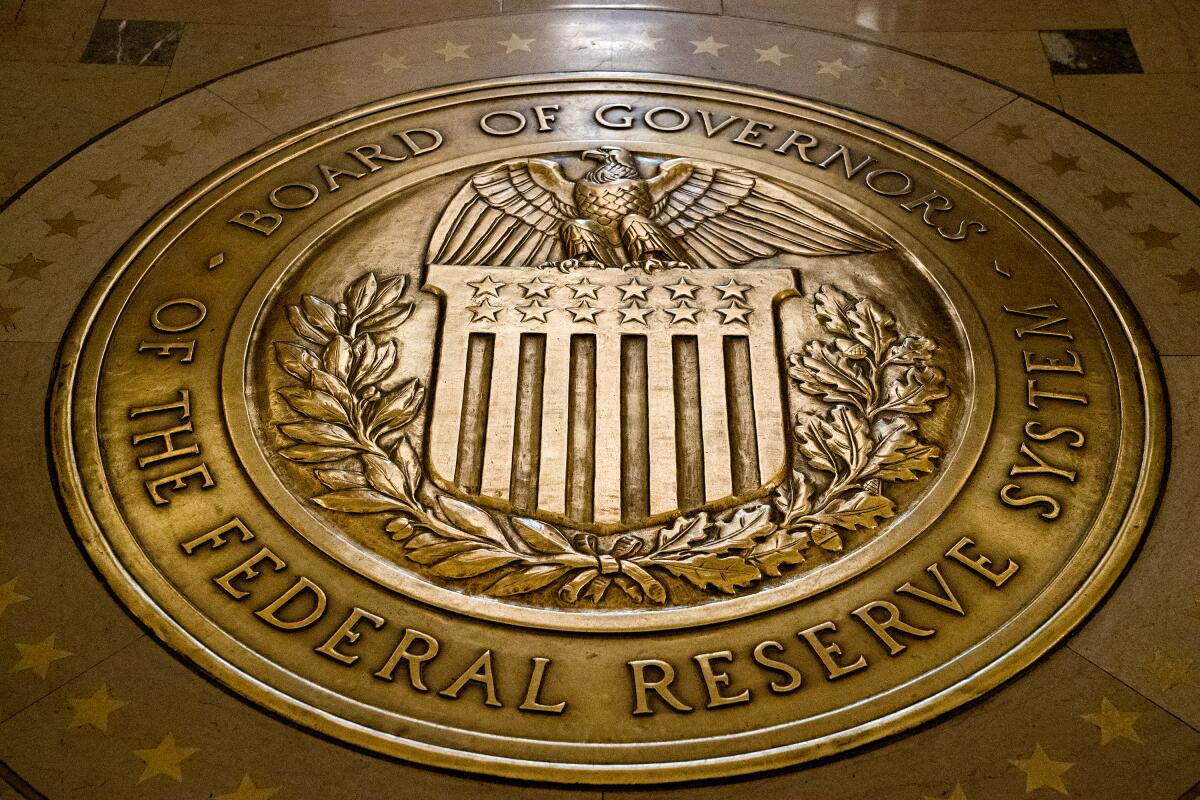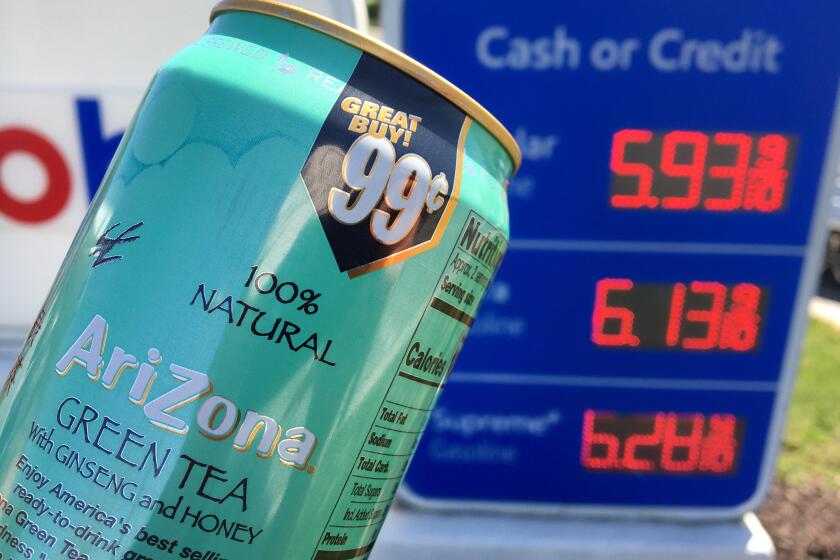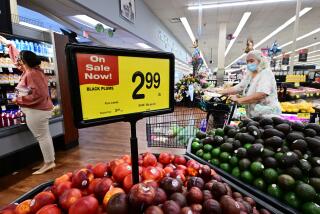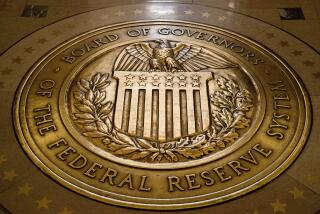Fed official downplays signs of economy strengthening, favors slow rate hikes

A top Federal Reserve official downplayed recent signs that the economy is strengthening but also said he is prepared to keep raising interest rates in smaller increments as often as needed to quell inflation.
Richmond Federal Reserve President Thomas Barkin said Friday that recent data showing an unusually robust job gain and a spike in retail sales last month reflected in part the effects of warm weather and the government’s seasonal adjustment process, rather than an acceleration of growth that could push inflation higher.
“I’m not taking as much signal from the data that we’ve gotten recently,” Barkin said in a roundtable with reporters. But he added that that could change “if you start to see it for multiple months.” Barkin is a member of the 19-person Fed committee that sets interest rates.
The strong jobs and retail sales reports, along with hotter-than-expected inflation figures, have prompted several Wall Street economists to expect more interest rate hikes by the Fed this year. Those increases will probably raise borrowing costs for mortgages, auto loans, credit cards and business loans.
Economists from Bank of America and Goldman Sachs both now expect the Fed to lift rates to a range of 5.25% to 5.5%, a quarter of a point higher than the Fed itself projected at its December meeting. Its rate is currently 4.5% to 4.75%, the highest in 15 years.
Barkin’s comments follow tougher talk from other Fed officials earlier this week, such as Cleveland Fed President Loretta Mester, which has pushed stock and bond prices lower as investors increasingly expect more rate hikes.
In his remarks, Barkin also cautioned that measures of underlying inflation remain high and may require additional rate increases. He said he was comfortable with raising rates a quarter of a point at a time, rather than moving back to the larger increases of half a point or more that the Fed implemented last year.
“I like the [quarter-point] path because I believe it gives us the flexibility to respond to the economy as it comes in,” he said. “And that means that I’m comfortable raising rates potentially more often to a higher level.”
On Thursday, Mester said she had seen a “compelling” case to raise the Fed’s benchmark rate by half a point at its Feb. 1 meeting, the same increase implemented in December. Instead, the Fed put in place a quarter-point hike.
Inflation accelerated from December to January, and core prices, which exclude food and energy, also rose more quickly than economists expected. Overall, prices were 6.4% higher last month compared with a year earlier, barely less than December’s 6.5% reading.
“It is welcome news to see some moderation in inflation readings since last summer, but the level of inflation matters and it is still too high,” Mester said. Last month’s report showed “no improvement in underlying inflation.”
Tall cans of AriZona iced tea have cost 99 cents since 1992. The family behind the company says it’s committed to that price even as the prices of aluminum and corn syrup climb higher.
St. Louis Fed President James Bullard also said Thursday that he would have preferred a half-point hike Feb. 1, according to news reports. He said he wanted to move the Fed’s rate to a range of 5.25% to 5.5% as fast as possible.
Barkin, however, said he did not support quickly pushing rates to a specific point and then pausing. He said there was too much uncertainty about the economy’s future path and what effect the Fed’s rate increases would have. Instead, he prefers quarter-point hikes as needed to bring down inflation.
More to Read
Inside the business of entertainment
The Wide Shot brings you news, analysis and insights on everything from streaming wars to production — and what it all means for the future.
You may occasionally receive promotional content from the Los Angeles Times.











